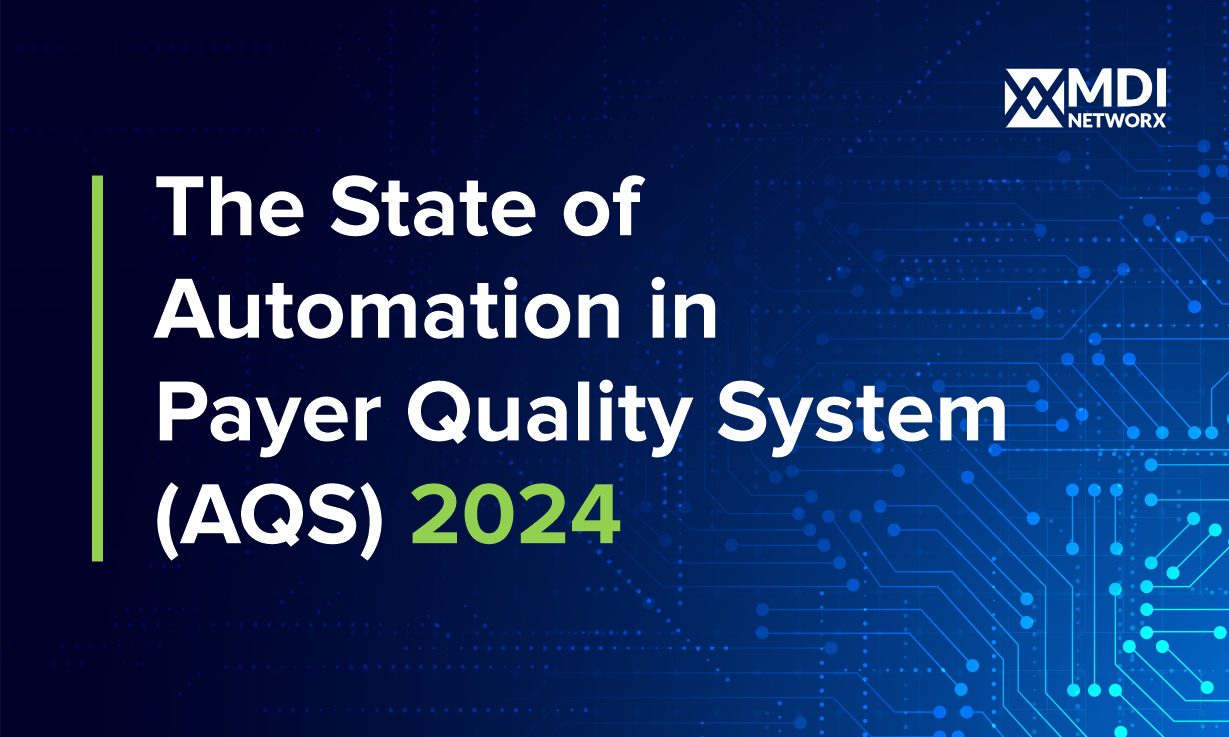Healthcare payers across the globe have been fiercely hit by the pandemic and its continued aftermath. Add to that the complex layers of claims management and health payers will admit that they are at an inflection point. Reducing processing cost and claims leakage is therefore no longer an option but the best way forward for healthcare payers. Digitization is the answer to that challenge. While digitizing every step of the claims process right from data input to final settlement would be highly ambitious to begin with, it is still good to digitize processes to the best possible extent.
The good news is that consumers today are getting increasingly comfortable with digital transactions and are adapting to its rapid pace. For healthcare payers that is a good sign as they can now build on existing technologies to digitize segments of the claims process that go beyond technical aspects like auditing but also enhance customer experience, improve engagement and ultimately lower costs.
When it comes to claims management, the primary hurdle for payers is lower operational costs while at the same time enhance customer experience. The end user expects faster claims settlements. Digitization restricts the scope for human errors, enhances resource management, reduces operational costs and ultimately benefits both health payers as well as patients.
A report by Accenture highlights that US health insurers can unlock up to $7 billion in total value in 18 months, using solutions driven by artificial intelligence (AI). They add, ‘by starting at the core, health insurers can not only modernize processes, but also develop a data-driven foundation that enables the enterprise to realize the significant long-term potential of improving clinical outcomes.’
Application of clinical rules and data analysis facilitated by AI and optical character recognition (OCR) go a long way in offering solutions to system-driven validation checks. Similarly, generating precise clinical data to support provider monitoring is equally crucial. Today, several providers are introducing a ‘pay-for-reporting’ strategy in order to reward accurate data from healthcare providers. By getting clean data right at the source, providers are able to reduce costs of complicated, unstructured data to a format that is both comprehensive as usable.
The transition to digitization could be gradual as payers adopt and adapt to evolving technologies. Experts suggest that even partial digitization can bring done overall claims costs. A 2019 report by McKinsey points out that “some payers can save as much as 10 to 20 percent of medical costs if they use a digital solution such as advanced analytics to prioritize invoices for auditing or identify patients likely to have future high-cost claims. In addition, payers can reduce their operating expenses for claims processing by up to 30 percent if robotic and automation solutions are employed to automate most of the steps.” The report further adds that 60 to 70 percent of those steps can be automated today.




